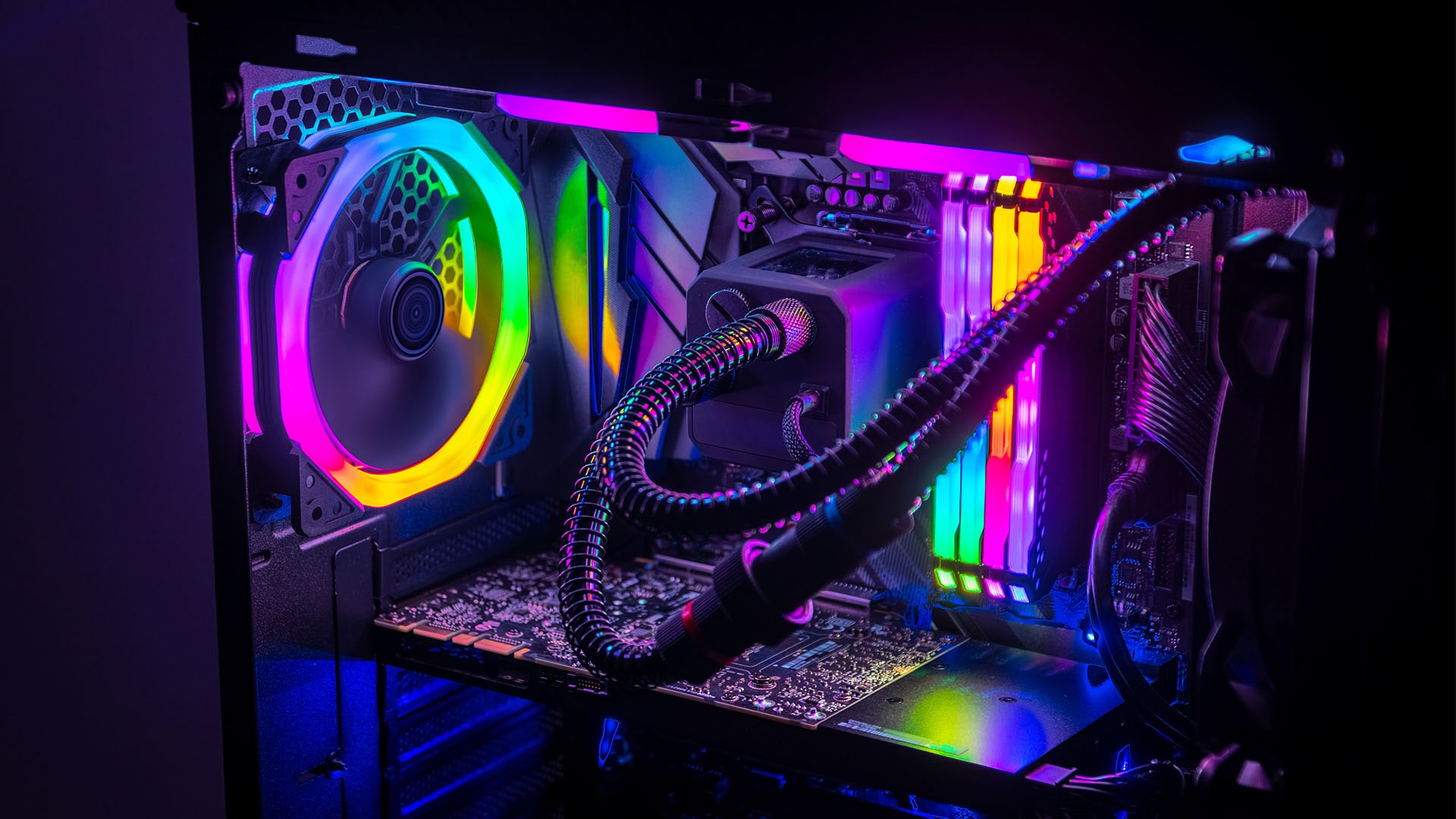
There’s fewer PC problems as frustrating when your gaming pc won’t turn on. Even more frustrating is trying to fix this problem. There are a multitude of reasons why your PC might not turn on. It could be the outlet you are plugged in to, an issue with your GPU, or a problem with your cables or their connections. Luckily, this issue is fixable. Let’s take a look at several troubleshooting tips that can fix the problem of your PC not powering on.
We’ve aimed to make each tip below easily followable – even if you consider yourself a non-technical person.
Troubleshooting Steps
1 – Check the power supply.
First, let’s make sure that your gaming PC is getting power. An LED indicator light will light up upon pushing the PC’s power button.
If the indicator light doesn’t light up, then its time to start checking the cables connected to your power supply.
- Step 1 – Start by checking the power outlet your PC is plugged in to. See it works by plugging in a different device to confirm that power is working correctly on that outlet.
- Step 2 – Next up is checking the surge protector or power strip you are plugged into. Plug it into the outlet you confirmed is working, and make sure the power switch of the strip is turned on. Once again, plug a different device into the power strip to confirm that the strip is working.
- Step 3 – If you confirmed the outlet and power strip is working, lets turn our attention to your gaming PC’s power supply on/off button. If switched on and your PC is not turn on, then you need to make sure the power cable of the PC is securely plugged in to the power supply.
- Step 4 – If all connections are secure and the PC is still not powering on, try swapping out the power cable with a different one and attempt to turn on the PC. You can do the same with your HDMI or DisplayPort cable plugged in to the monitor, try swapping those to see if you get a display on your monitor when turning on your PC.
If you have ruled out the power cords and the outlet, and display cables, but nothing still works, check the cable setup inside your unit.
2 – Inspect your wires and cables.
With cable issues ruled out, it’s time turn your attention to the PC itself. Before opening up the PC and troubleshooting yourself, please contact our technical support team. They will be able to provide guidance for troubleshooting your system.
Unplug all external cables.
Yoink out every cord connected to your PC. Then plug in just the power cable and attempt to turn on the PC.
Check the wires inside.
If your unit isn’t working, unplug your PC unit and open the case to access all the internal components. Check all the connections from the power supply to the parts in your PC. Reconnect all the wires and double-check if all the cables on the power supply are correctly connected. If nothing is loose on either side, check if your PC turns on.
Check cables of main components.
Nothing is working yet? Let’s unplug every cable connected to your PC. This includes the 24-pin and the CPU power cables connected to the main components, including the wires connected to your GPU, SATA, and storage devices.
Once everything is unplugged from the power supply unit, let’s reconnect the motherboard and the CPU power cables, plug in your PC, and see if it turns on. If that does the trick, power down your PC system and begin to reconnect the remaining power cables to each peace of hardware.
Look for any cable causing electrical short. These problems can be caused by connectors with errant pins that touch the chassis. Motherboards screwed directly on the case also cause power issues. So ensure it is secured with proper standoffs on each screw.
3 – Test all the components.
Next, you may want to take a look at each main component of your PC. Start by removing the GPU, then your storage, and unplugging everything from your input/output. Remove everything except one stick of RAM installed in the first RAM slot of your motherboard.
Power your motherboard and CPU without the other components. Add one piece of hardware, then test if it works until you identify the problem. Repeat the system for each hardware until your unit fails to turn on. Once you’ve found which hardware is causing the issue, contact our technical support team to get set up with a repair or replacement. Identifying the faulty component means you can send in just the faulty part, rather than the entire PC.
To avoid any strange issues with hardware, you’ll want to keep your drivers up to date. To do so check out our guide to keeping your GPU drivers up to date.
Last but most importantly, update the motherboard’s BIOS to its latest version. The process of updating its BIOS depends on your motherboard, so you might want to check your component’s documentation on the manufacturers website.
***
Well we have reached the end of this guide. Hopefully your PC is back in working order. If it’s not, than hopefully you have the issue diagnosed and solution on the way.
Of course if you are ever unsure about anything regarding your PC you can contact our technical support team for guidance from our tech experts.